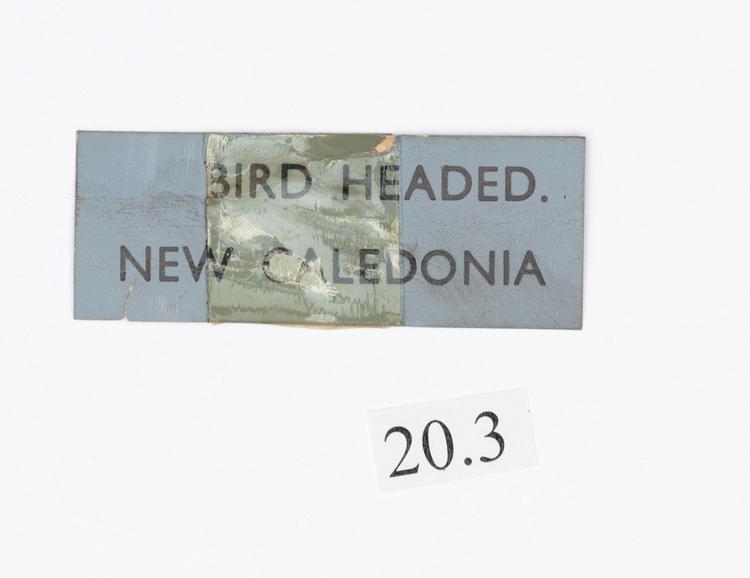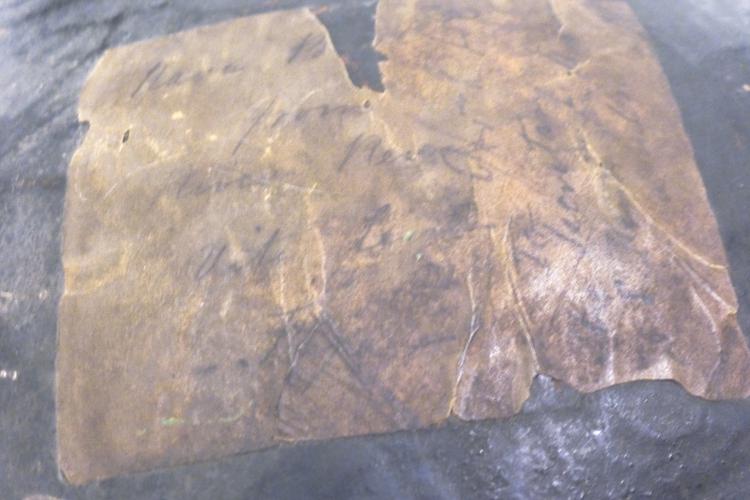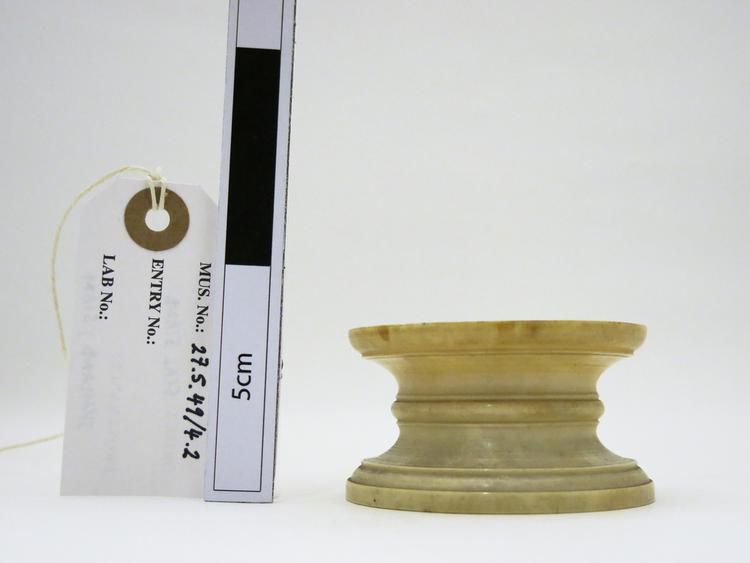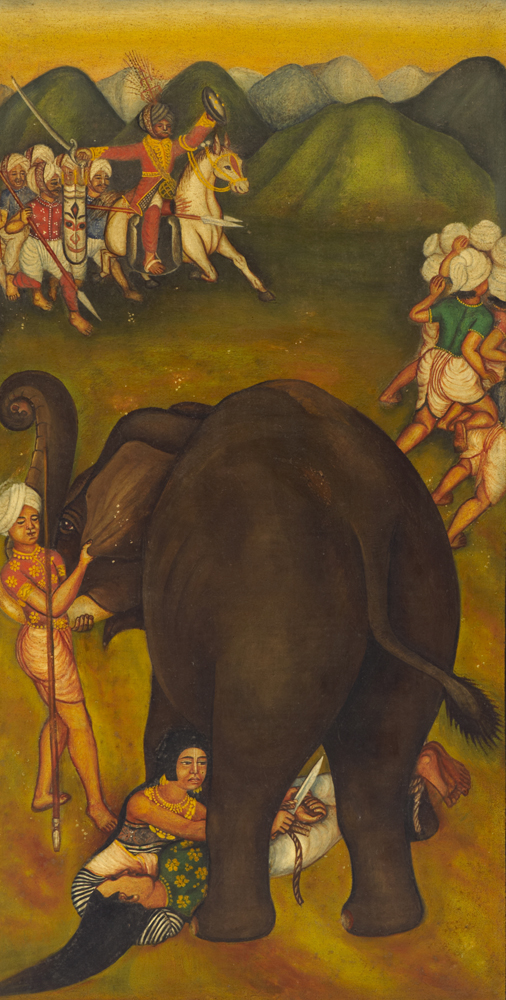
Pick shaped hardwood club with a head in the form of an abstracted cassowary head.
Bird-Headed Club, Go Porowa Ramaru, Kanak People, Grande-Terre, New Caledonia, Southern Melanesia. Frustratingly, little is known about these remarkably-shaped clubs, which are quite common in museum collections. They must also have been common in New Caledonia during the 19th Century, where they were used both in warfare, and for making ceremonial executions of human and other animal sacrifices, and despatching individuals destined to be cannibalised. They have been described as ‘hornbill-headed’ clubs for decades, due to the club’s strong resemblance to the horny casque of that unique family of birds. However, there are no hornbills in New Caledonia, and so their subject is something of a mystery. Some scholars have suggested that the clubs depict the heads of turtles, although the Kanak people themselves identify them as representing birds. Perhaps the large notou pigeon is a likely candidate, as it was associated with chiefly power throughout New Caledonia. However, two of the earliest examples we know of (those in the British and Hunterian Museums, collected in 1774 on the voyages of Captain Cook) bear a strong resemblance to the distinctive and short grouse-like head of the New Caledonian Owlet-Nightjar (Aegotheles savesi). Being a black, nocturnal and predatory bird, it would have the appropriate associations normally used for selecting animals symbolic of death in the Pacific. In this way, we might suspect that the later hornbill-like examples were distortions that sought to make the bird-head more like an elbow-hafted adze, and therefore more familiar in the hand to the average Kanak man. Wood. Late 19th Century. Formerly in the private collection of the Countess of Dunmore and purchased by the Horniman Museum in 1920.
fighting
































































































































































































































































































































































































































































































































